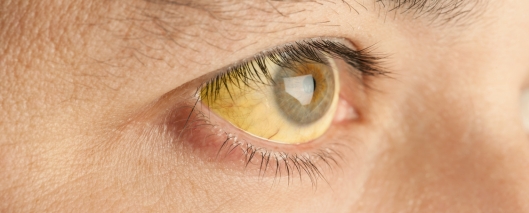Pigment stones

Pigment Gallstones Treatment In Pune And Mumbai
What Are Pigment Gallstones?
Pigment gallstones are black, hard stones that form in the gallbladder as a result of bilirubin excess in bile. Pigment stones are usually seen in patients with liver disease, hemolytic disease, or chronic infection of the bile ducts. In contrast to cholesterol stones, pigment stones are small but can be equally problematic.
Signs and Symptoms to Watch For
Most people with pigment gallstones do not develop symptoms until the stones block the flow of bile. At that time, pain, nausea, vomiting, bloating, and jaundice can develop. In severe instances, infections, inflammation of the gallbladder (cholecystitis), or blockage of the bile ducts become necessary.

Why Do Pigment Stones Form?
These gallstones form as a result of bilirubin overproduction or nonfunctioning of the gallbladder. Conditions that increase their risk are cirrhosis and other chronic liver diseases, sickle cell disease, hemolytic disorders, infections of the bile duct, and conditions causing excessive breakdown of red blood cells.
Available Treatment Options
Treatment depends on the severity of symptoms and the risk of complications:

- Non-Surgical Management:- Medications to alter bile composition may slow the formation of new stones but are not effective in dissolving existing pigment stones.
- Laparoscopic Gallbladder Removal:- A minimally invasive procedure that removes the gallbladder, preventing the recurrence of stones and ensuring long-term relief.
- Endoscopic Stone Removal (ERCP):- An advanced endoscopic technique used to extract stones lodged in the bile ducts without removing the gallbladder.
Why Early Treatment Is Essential?
At Laparo Obeso Centre, under Dr. Shashank Shah, patients are given cutting-edge treatment for pigment gallstones. Advanced laparoscopic and robotic surgery ensures rapid recovery and successful long-term outcomes at the centre.
FAQ'S
Pigment stones are a less common type of gallstone made primarily of bilirubin, a substance produced from the breakdown of red blood cells. These stones are usually small, dark brown or black in color, and tend to form in people with certain medical conditions such as liver disease, infections in the bile ducts, or chronic hemolytic anemia. Unlike cholesterol stones, pigment stones are more often linked to underlying illnesses rather than lifestyle factors.
Pigment stones develop when there is too much bilirubin in the bile, usually due to an excess breakdown of red blood cells or a problem with the liver’s ability to process bilirubin. This excess bilirubin combines with calcium and other substances in bile, leading to the formation of hard, dark stones. They often form in the bile ducts or the gallbladder and may be associated with bacterial infections or parasitic diseases of the biliary tract.
Surgery is the most effective treatment if pigment stones are causing symptoms or complications. However, if the stones are located in the bile ducts rather than the gallbladder, non-surgical procedures like ERCP may be used to remove them. In asymptomatic cases, especially when the risk of surgery is high, doctors may opt for careful monitoring and treatment of the underlying condition instead of immediate intervention.
Diagnosis is usually made through imaging studies such as abdominal ultrasound, which can detect stones in the gallbladder or bile ducts. In more complex cases, an MRI or an endoscopic ultrasound (EUS) may be required to locate stones that are difficult to see or are causing blockages in the bile ducts. Blood tests may also help in identifying liver or bile duct complications caused by these stones.




